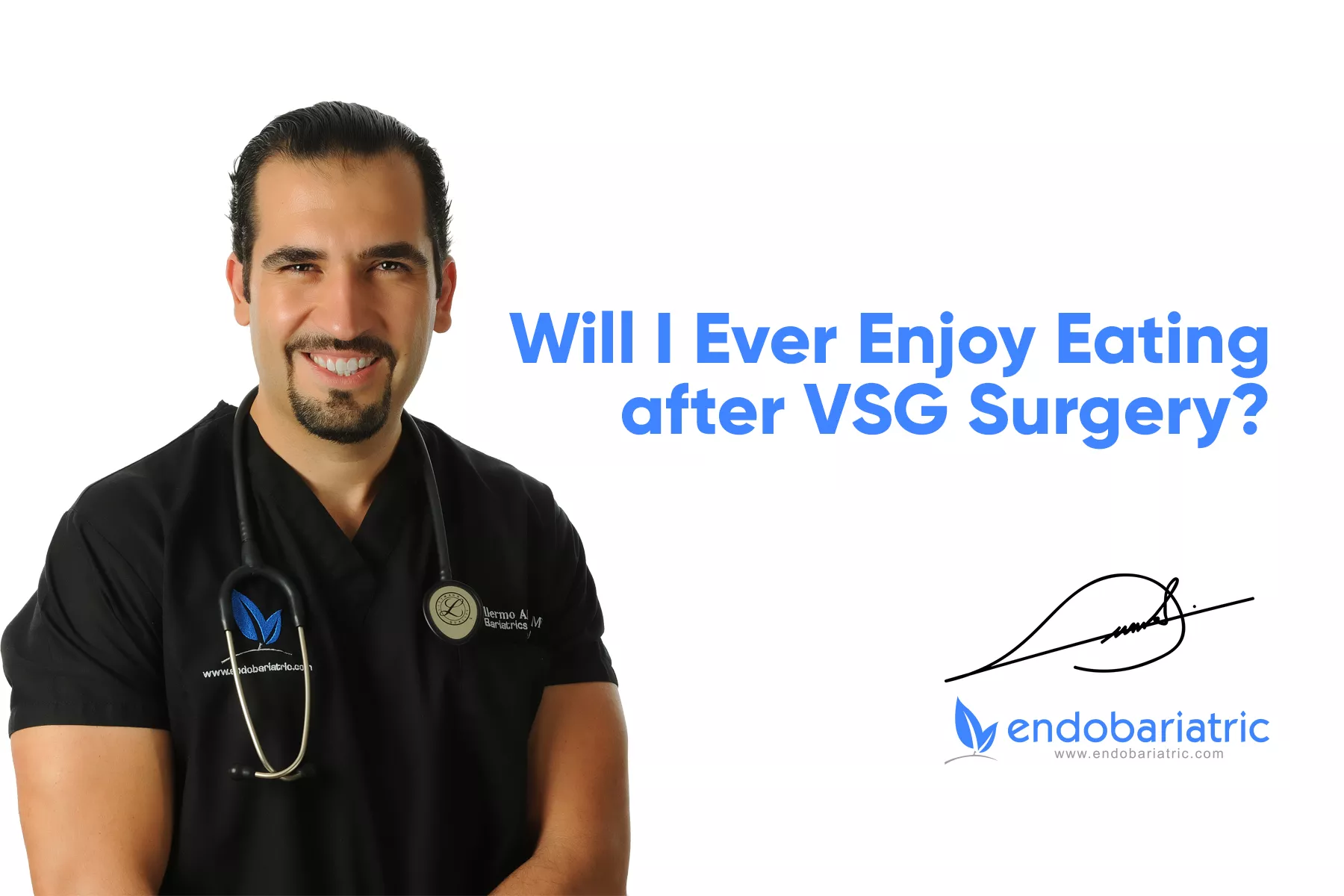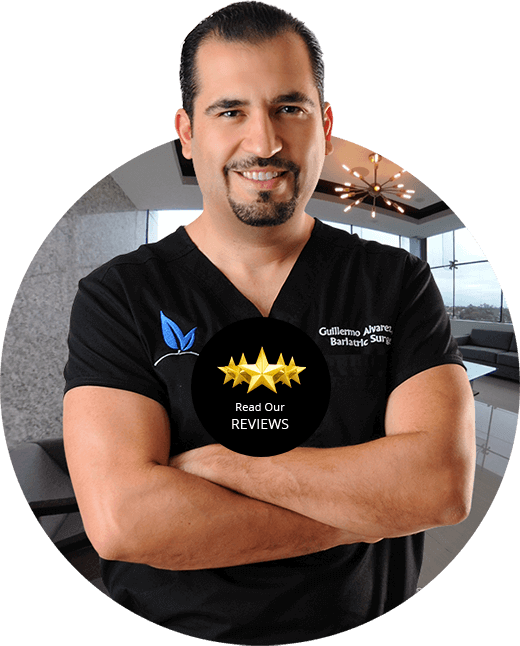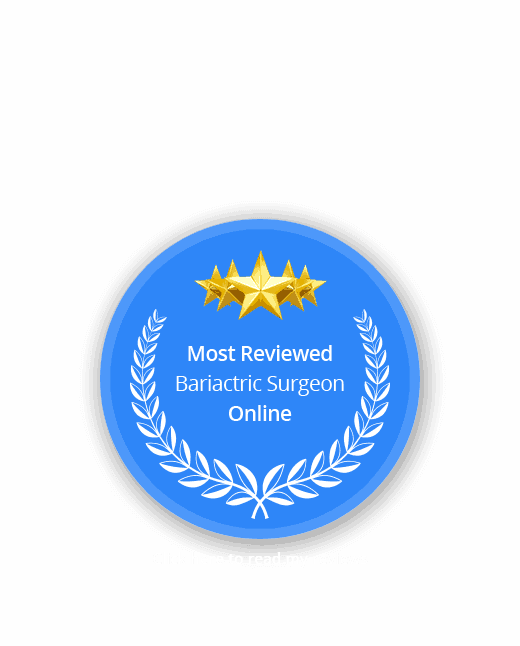Eating is a source of pleasure for most of our patients, and many are worried that VSG surgery means they’ll never enjoy a meal again.
Steak, salmon, omelets…sounds just awful, doesn’t it? Yep, those are just a few choices we heartily approve of for sleeve patients.
The truth is that you can eat whatever you want after VSG. You just have to decide whether the foods you’re considering will get you closer to your goals or not.
Actually, you can eat whatever you want after the first month or so. You’ll progress from liquids to full liquids to soft foods and, finally, solid food. This is when you begin to establish successful new eating habits. The first 12 months is what I call the “golden year” because most weight loss tends to occur here. If you notice frustrating plateaus during this period, it might be because you’re indulging too much.
One of the best things about sleeve surgery is that it doesn’t involve re-routing the intestines like gastric bypass does, so patients don’t experience “dumping” side effects—cramping, vomiting, sweating—when they eat sugary, carb-heavy foods. But that also means you won’t necessarily have a built-in deterrent to those foods. (Note: Eating way too much sugar or artificial sugar can lead to gas, bloating, and diarrhea in VSG patients.)
Fortunately, many of our patients find that their taste buds change or that their body just doesn’t crave the unhealthy foods it used to. That’s a good thing! It makes healthy eating easier, and isn’t looking and feeling better why you’re interested in VSG?
Here are some quick tips for successful and satisfying meals:
- Eat protein first. The majority of your diet should be protein because it fuels your body the right way. Start each meal with protein like eggs, fish, and lean meats. Chances are, you’ll have little room left in your smaller stomach for sugars and carbs.
- Keep your carb intake under 30 grams. When you do eat carbohydrates, seek out whole grains, fruits, and vegetables, rather than foods like potatoes, rice, and cereal.
- Variety is good. Introducing healthy new foods to your diet can keep your taste buds happy and less likely to crave to the stuff you ate before VSG.
- Make meals flavorful. Eating well doesn’t mean giving up flavor. On the contrary, we want you to enjoy each meal! Add spices you like—carefully at first—to create dishes you’re excited about.
- Keep portions small. Your new stomach can handle only three to four ounces at a time, so make sure that whatever you eat doesn’t exceed that amount.
This is just a start. We’ll provide you with a detailed list of great and not-so-great options so you can make informed decisions. And remember: You’re never alone on this journey. Whenever you have questions or need support, we’re here.
We say this all the time: VSG isn’t a magic pill. It’s a key advantage many people need in order to achieve their health goals, but success is in your hands. My advice is to focus on what you’re trying to accomplish—a long, healthy life—which makes it easier to choose quality foods.
Cheers to nourishing your body and enjoying every bite along the way!









